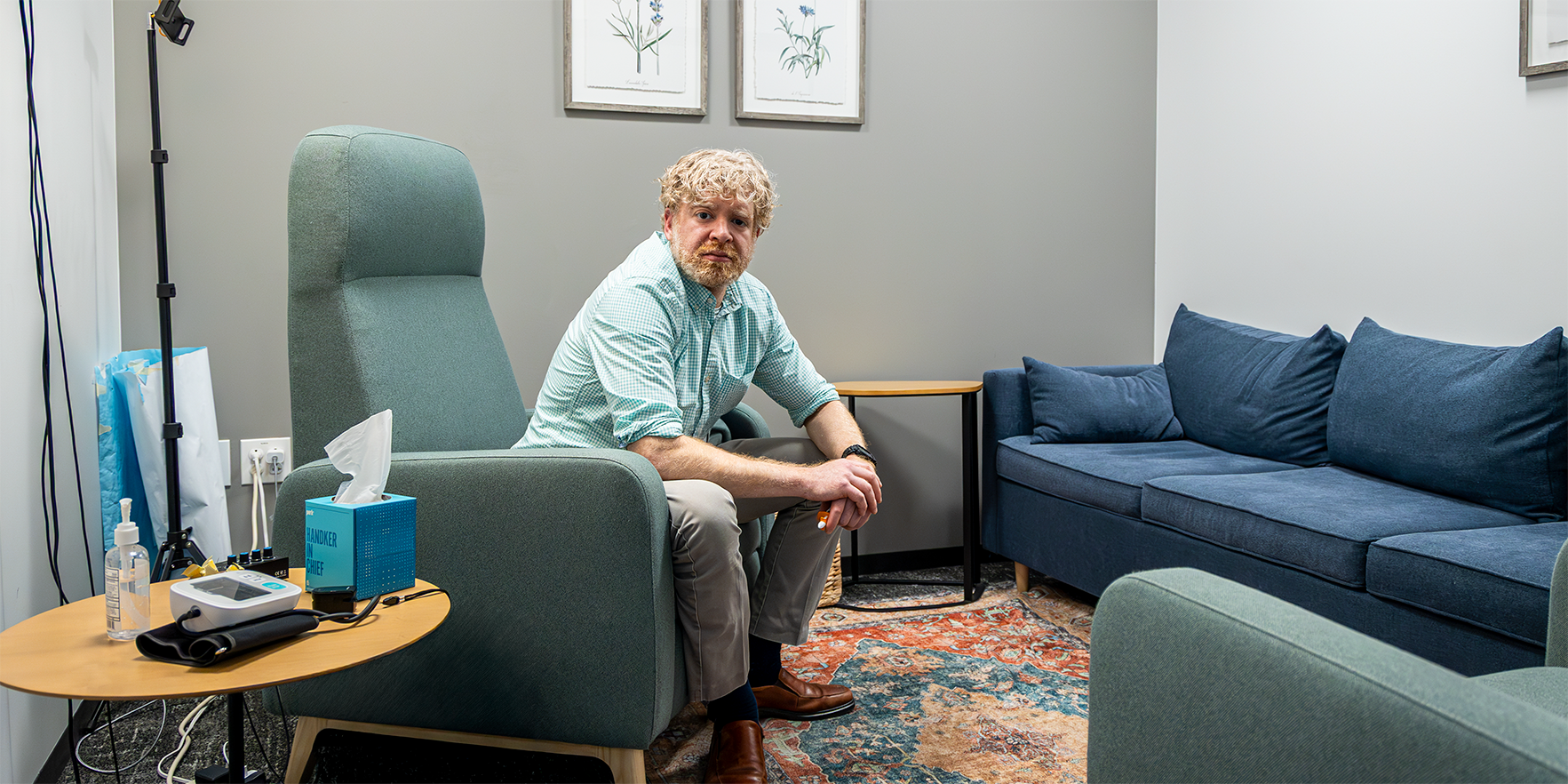Much like our teeth, when injury, inflammation or other discomfort strikes the joints and muscles of the jaw, a host of taken-for-granted functions – breathing, chewing, swallowing, talking and sleeping – can be an exercise in severe pain.
This condition is called temporomandibular joint and muscle disorder (TMJD), and it ranges from joint degeneration, which may require surgery, to joint displacement and/or muscular inflammation and stress.
Thomas Fry, DDS, an assistant professor in the Department of Diagnostic Sciences & Surgical Dentistry at the University of Colorado School of Dental Medicine, said the condition is sometimes debilitating for patients, but it can also be relatively short-lived with the proper care.
Non-invasive treatments are the primary approach, including physical therapy, muscle relaxants, dry needling and local anesthetic injections. Red light therapy is becoming a more common therapy for various physical conditions, including TMJD.
Fry said less than 10% of patients who experience TMJD end up seeking treatment. “It is a small subset of this population that needs this care. Within about six months, 50% of those patients will feel better,” he said. “TMJD is very akin to any other type of musculoskeletal injury and pain.
“For most patients that I see with TMJDs, the goal is helping them toward their recovery and making their current symptoms more tolerable. Sometimes people just need to be kind of pushed in the right direction, and their body takes care of the rest.”
In the Q&A below, Fry explains the differences in TMJD cases, the causes of the disorder, who is most susceptible, and available treatments. The interview has been condensed and edited for clarity.





